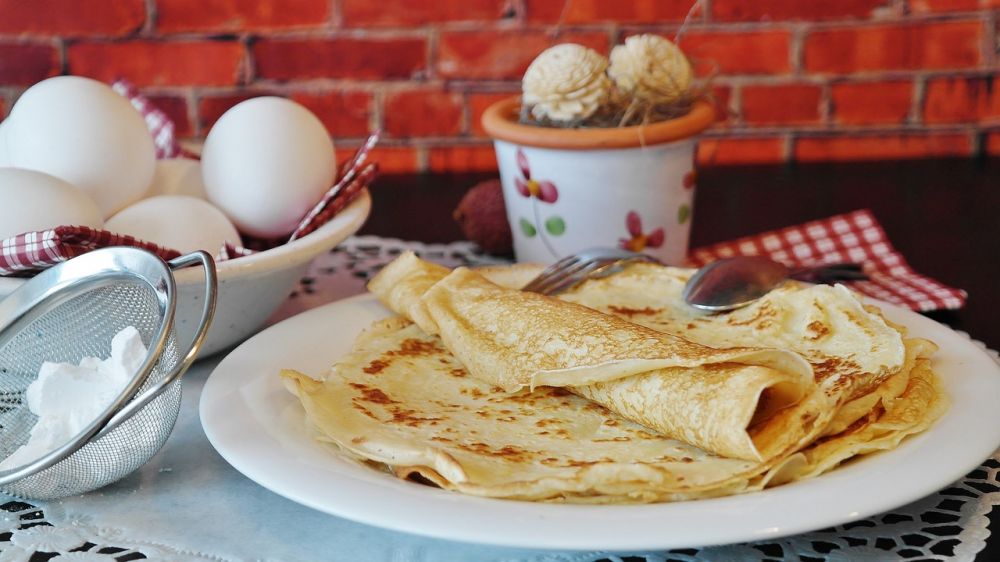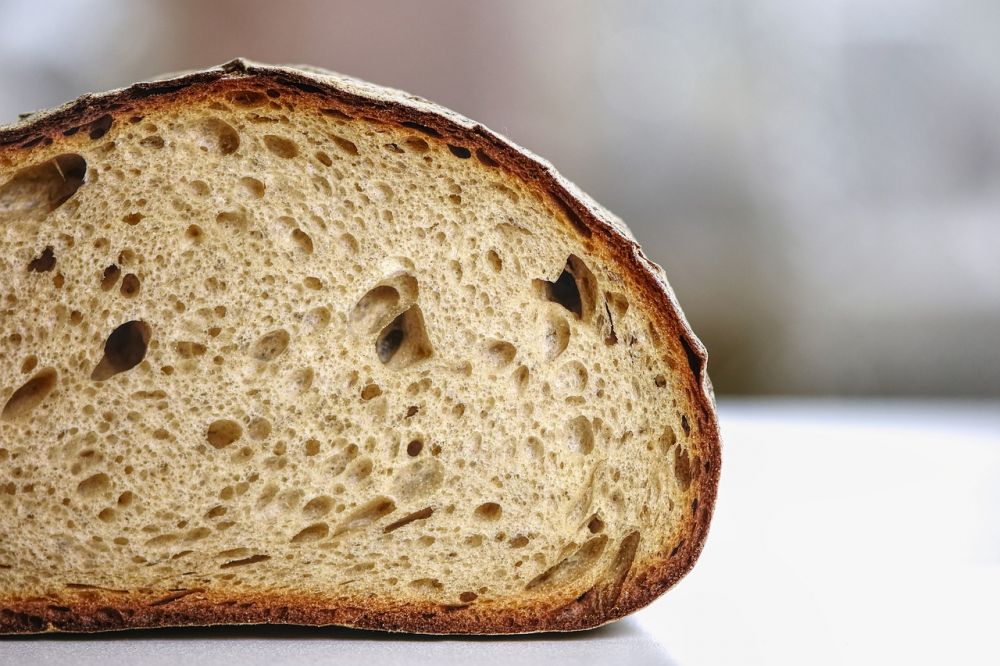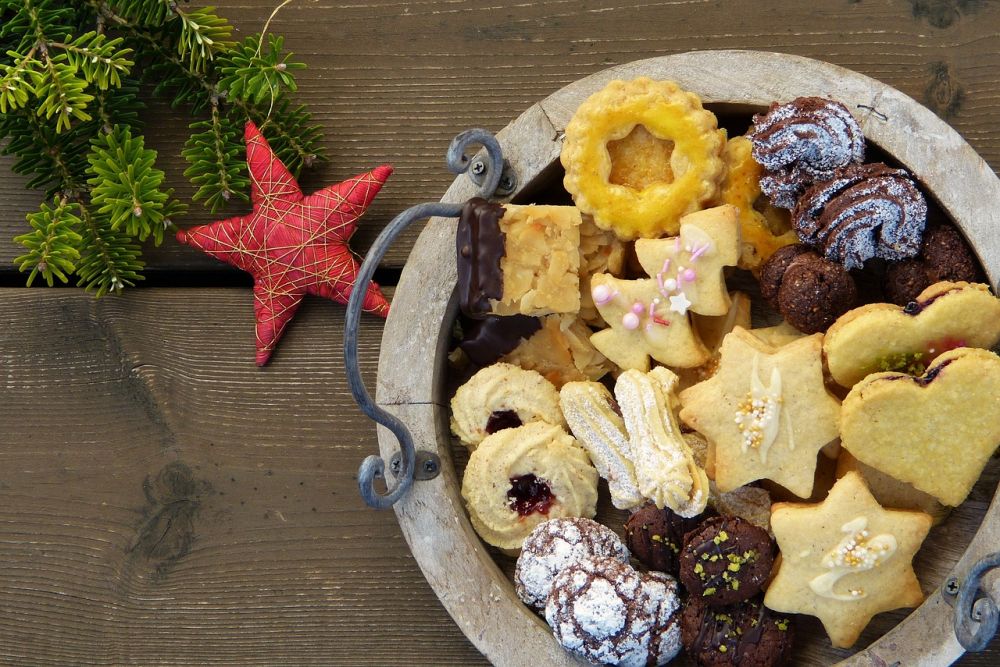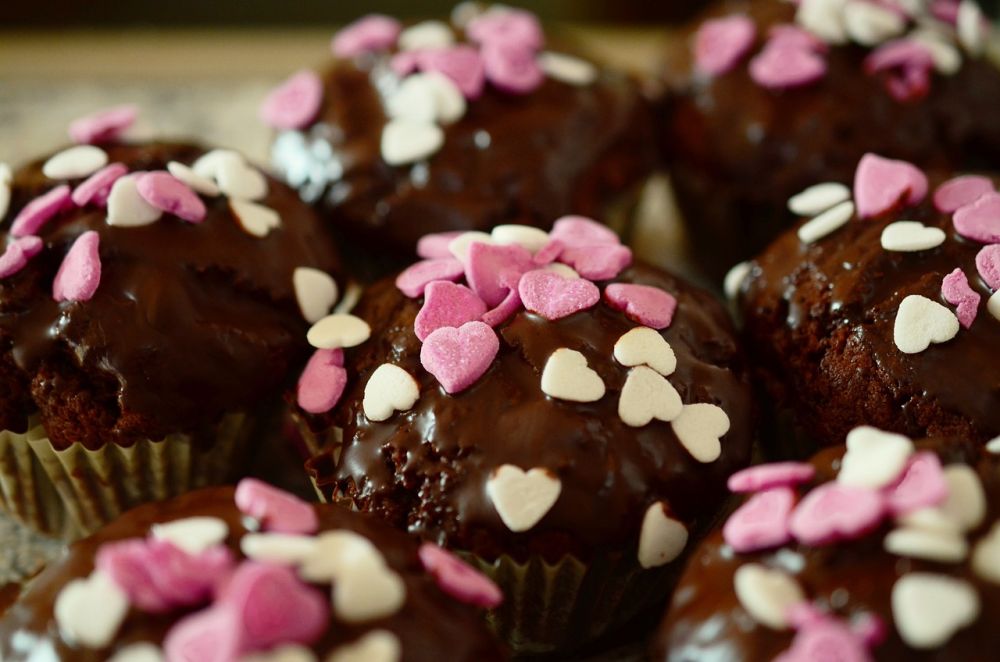Bake Cookies: A Comprehensive Guide to the Art of Cookie Baking

Introduction
Bake cookies is a popular culinary activity enjoyed by people of all ages worldwide. Whether you have a sweet tooth or simply enjoy the process of baking, there is something special about creating your own batch of delicious cookies. In this comprehensive guide, we will explore the different aspects of baking cookies, including its types, popularity, quantitative measurements, variations, and a historical overview of its pros and cons. So grab your apron and get ready to delve into the wonderful world of baking cookies!
What is Bake Cookies?

Bake cookies refers to the process of preparing and baking a variety of sweet treats known as cookies, biscuits, or biscuits depending on your location. It typically involves mixing ingredients such as flour, sugar, butter, eggs, and flavorings, then shaping and baking the dough to create crispy or chewy delights. Cookies come in various shapes, sizes, and flavors, making them a versatile and customizable dessert option.
Types of Cookies
There is an endless array of cookies to suit every taste preference. Here are some popular types of cookies:
1. Chocolate Chip Cookies: Arguably the most iconic cookie, chocolate chip cookies feature delicious morsels of chocolate throughout the dough.
2. Sugar Cookies: These versatile cookies are often rolled out and cut into fun shapes before baking. They can be decorated with icing, sprinkles, or colored sugars.
3. Oatmeal Raisin Cookies: These wholesome cookies contain oatmeal and raisins, offering a chewy texture and a touch of sweetness.
4. Peanut Butter Cookies: Made with peanut butter, these cookies are rich, flavorful, and perfect for all the peanut butter lovers out there.
5. Snickerdoodles: These soft and chewy cookies are characterized by their cinnamon-sugar coating, providing a unique and delightful flavor.
Quantitative Measurements in Cookie Baking
When it comes to baking cookies, precision is key. Quantitative measurements ensure consistency and accuracy in your final product. Here are some common measurements used in cookie recipes:
1. Cups: Measuring dry ingredients like flour or sugar with a measuring cup provides a standard volume. A leveled cup ensures accuracy.
2. Teaspoons and Tablespoons: These measurements are used for smaller quantities of ingredients such as vanilla extract or baking powder.
3. Ounces: For ingredients like chocolate chips or nuts, using a kitchen scale to measure in ounces is more precise.
Distinguishing Different Cookie Variations
While the basic principles of cookie baking remain the same, slight variations in ingredients and techniques create unique flavors and textures. Some factors that differentiate cookies include:
1. Texture: Cookies can be soft, chewy, crispy, or a combination of these textures depending on the ingredients used, the baking time, and temperature.
2. Flavorings: Different flavorings such as vanilla, almond extract, or citrus zest can transform a basic cookie dough into a delightful treat.
3. Mix-ins: By adding ingredients like chocolate chips, nuts, dried fruits, or candies, you can customize your cookies to your liking.
A Historical Overview of the Pros and Cons of Different Baking Methods
Throughout history, different baking methods have emerged, each with its own set of advantages and disadvantages. Here is an overview:
1. Traditional Oven Baking: Using a conventional oven allows for even cooking and browning of the cookies. However, it requires preheating and longer baking times.
2. Convection Oven Baking: Convection ovens circulate hot air, resulting in faster and more even baking. This method may require adjustments in temperature and baking time.
3. Microwave Baking: While it offers convenience and quick results, microwave baking tends to yield cookies with a softer texture and limited browning.
4. Air Fryer Baking: This method uses hot air circulated by a fan to bake cookies. It is known for producing crispy cookies in less time than traditional baking.
[INSERT VIDEO HERE]
Conclusion
Bake cookies is an enjoyable and delicious art form, offering endless possibilities for creativity and satisfaction. Whether you’re a beginner or an experienced baker, exploring the diverse world of cookies is a joyful journey. By understanding the different types, measurements, variations, and baking methods, you can elevate your cookie game and impress your friends and family with your delectable creations. So put on your baking hat, follow your favorite recipe, and prepare to embark on a cookie-baking adventure like no other!





